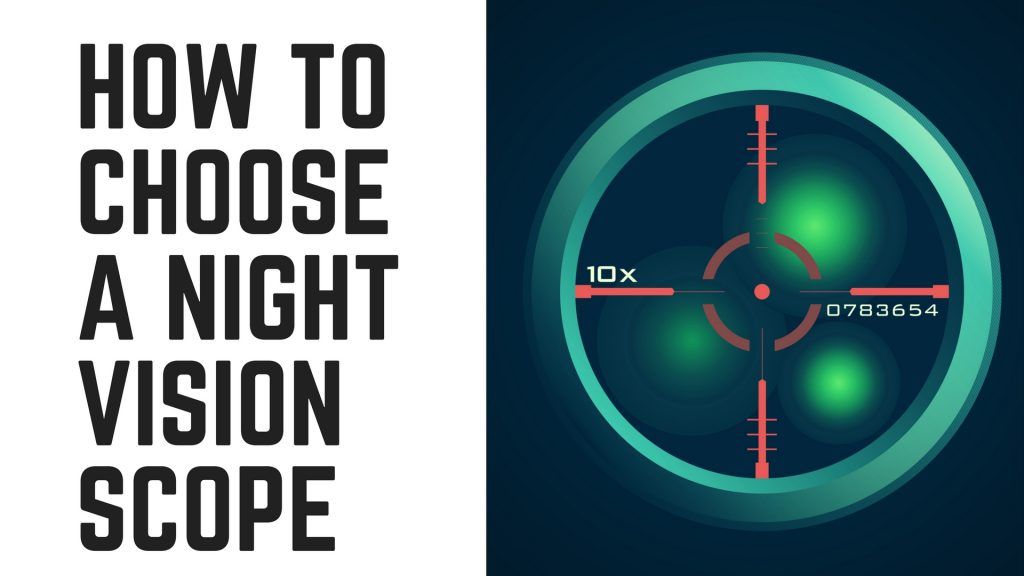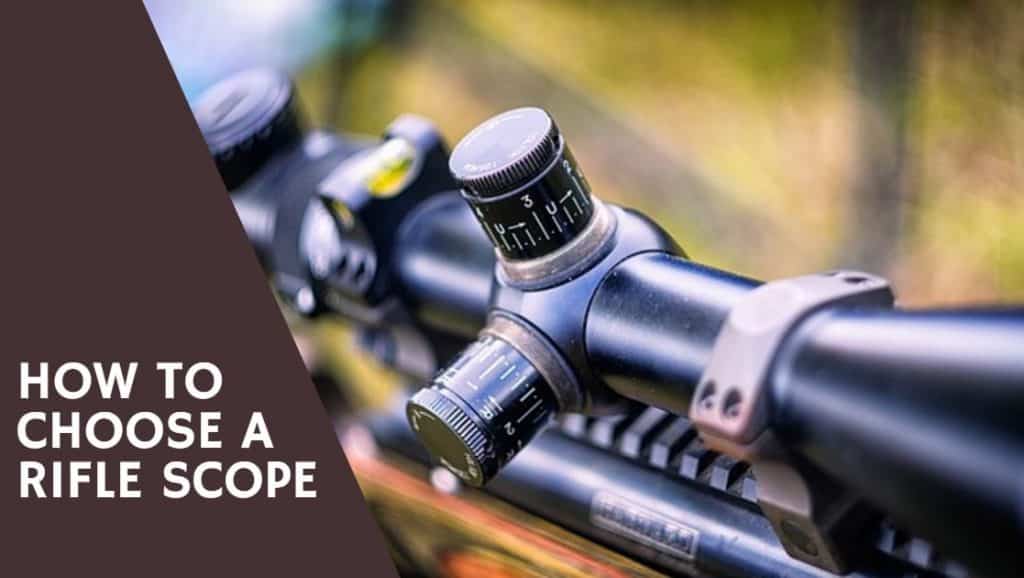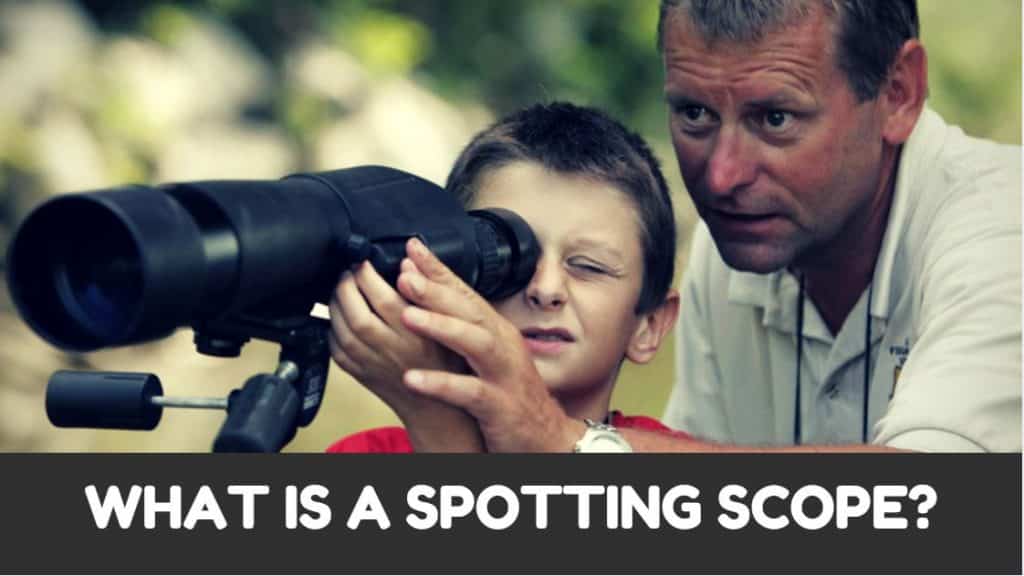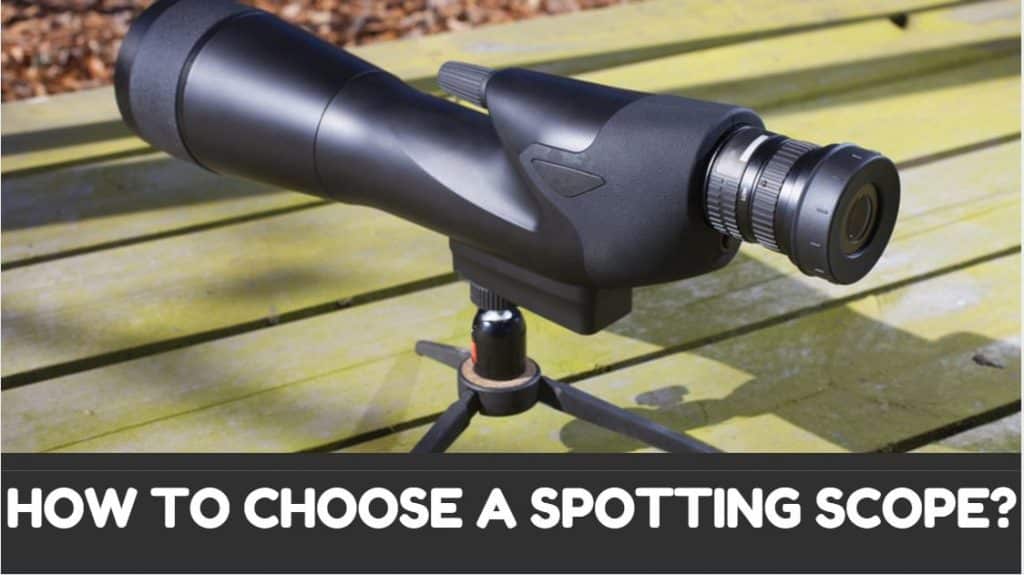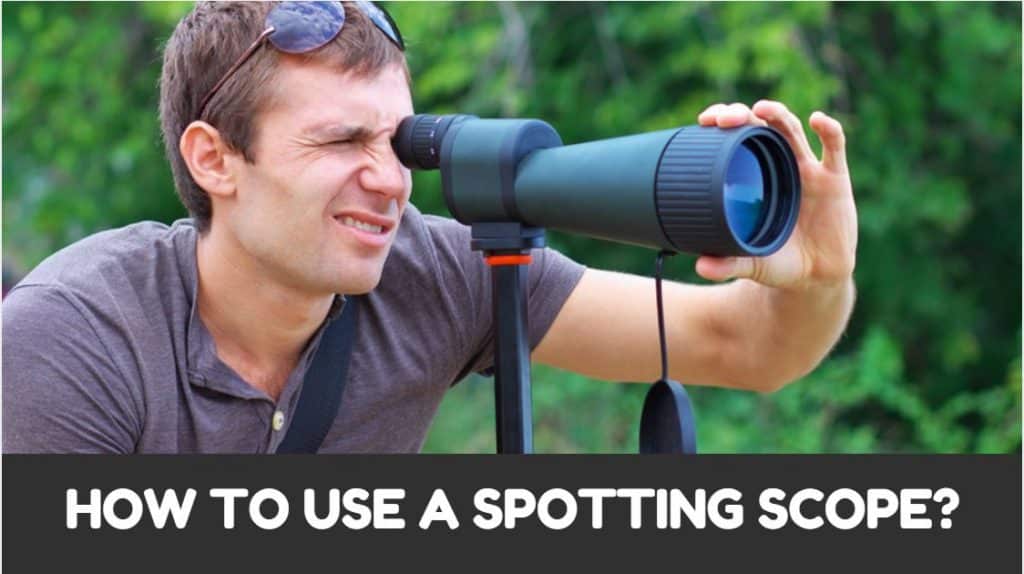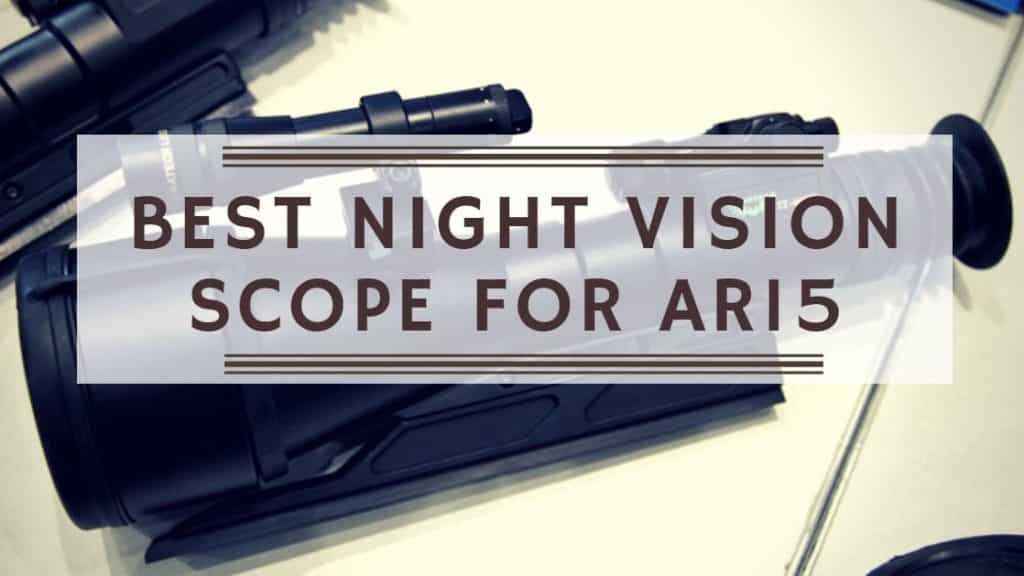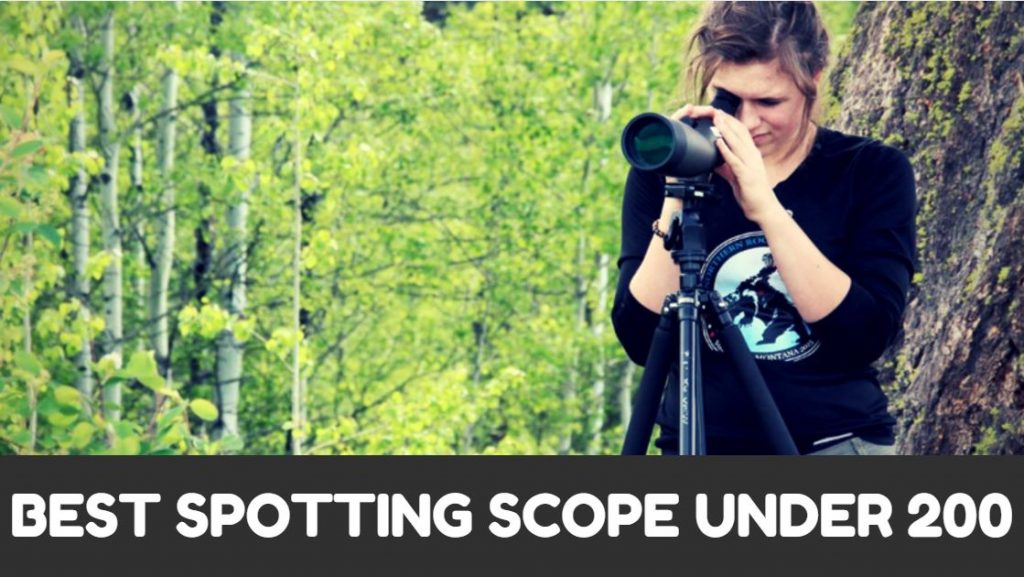How to Choose a Night Vision Scope: The biggest obstacle while hunting during the night is low visibility. Night vision scopes come to the rescue when you cannot exactly see what you are shooting during the night.
In this article, we will discuss:
- What is night vision?
- What is a night vision scope?
- How much do night vision scopes cost?
- How to choose a night vision scope?
What is Night Vision?
Night vision technology lets you see in low-light conditions. With a combination of two methods, spectral range, and sufficient intensity range, night vision becomes possible. The spectral range method senses the radiations not visible to the human eye. The sufficient intensity range method enables you to see in a very small amount of visible light.
Night vision devices use the ambient light available during the night, such as starlight or moonlight. Modern night vision devices also use infrared illuminators to emit and reflect infrared radiation to make objects visible in the dark.
What is a Night Vision Scope?
Before we discuss how to choose a night vision scope, we must understand what is a night vision scope.
A night vision scope is a night vision device that can be mounted on weapons such as a rifle. Though the images produced through a night vision scope are not as clear as daytime sights, it allows you to point and shoot at the target at night.
Night vision scopes enhance the safety of your companions as you don’t mistake them for the target. You can also search for your companions using a night vision scope if you get separated from them.
You can target the animals that go out in the dark using the night vision scope. Your aim should be to buy one of the best night vision scopes for AR15 if you are a hunter who likes to hunt in low-light conditions.
How Much Does a Night Vision Scope Cost?
Most night vision scopes cost between $200 to $1,000. You will have to take several factors into consideration before you go ahead and purchase a night vision scope.
For instance, if your rifle is not built for long-distance shooting, low-level magnification will be sufficient for your scope and it will cost you less.
The scopes with more advanced features such as the smart rangefinder, HD resolution, or ballistic calculator will cost higher than the basic models.
But you can purchase a decent night vision scope with some great features for less than $500.
How to Choose a Nightvision Scope?
While buying a night vision scope, you should take the following factors into consideration.
Night Vision Generations
As night vision technology advanced, the latest developments improved the night vision scopes many times.
The first-night vision scopes were released in the 1940s. The older scope technology is retained and models based on the old technology are still produced. The generation ratings help you choose the night vision scope and they let you know how far is it from the original night vision technology.
The generation ratings divide the scope according to the set of features.
Generation 1: The Generation 1 night vision scopes were used extensively during the Korean War. They became very popular during the Vietnam War.
Generation 1 night vision scopes use available ambient light such as stars and the moon’s light to produce visible images of the objects. Some scopes also use IR light projectors to work in the absence of any ambient light.
Generation 2: The Generation 2 night vision scopes produce much clearer images and have a longer range in comparison to Generation 1. They use an image intensifier tube and a photocathode. Even in the absence of the moon and very weak starlight, you will still be able to see well.
Generation 3: The Generation 3 scopes use the same image intensification technology used by Generation 2. But, the photocathode is used by gallium arsenide which results in a longer tube life and clear image.
Generation 4: The generation 4 scopes use optics gating which results in a twenty percent clearer picture.
If you are out in the market for a night vision scope, then we suggest that you read our Best Night Vision Scope for AR15 reviews. This would help you buy a quality night vision scope without breaking the bank.
Magnification
You need to shoot from a distance while hunting and the magnification factor determines how far you can shoot. More powerful magnification results in a larger size of scope and increases the cost.
Most people get enough magnification within the 3x to 5x range. Most affordable scopes do not offer any magnification, but they only allow you to see during the night.
Viewing Range
The field of view or viewing range is an important factor to consider when you purchase a night vision scope.
It determines how large the view you get to see through the scope. The larger view helps you in spotting the target. The field of view drops down if you increase magnification.
Weight & Size
You don’t want your scope to be too heavy. A heavier scope often creates difficulty in aiming and also makes it difficult for you to carry your weapon.
Clarity
The clarity is measured in LP/MM. The lines per minimum indicate the resolution of the scope. 60LP/MM indicates very good clarity.
Luminance Gain
Night vision works best with higher luminance gain as it captures as much visible light as available to produce the best possible results. A higher luminance gain also increases the price of the scope. The generation 4 scopes offer the best luminance gain.
Power
Night vision scopes rely on a source of power to work. Rechargeable batteries provide the necessary power to them. The scope’s power requirements vary with the features. Batteries add up the weight to the scope and equipment as well.
Besides the power, size, and weight of the battery, you must take the type of battery into consideration as well. It is important to be able to resupply the batteries when the ones installed wear out.
IR Illuminator Range
The InfraRed illuminators emit infrared radiation on the objects. IR illuminators also reflect the light that falls on them, which helps in generating the image of the objects.
IR illuminator range is the range up to which the IR illumination of the night vision scope works through emission as well as the reflection of the infrared radiations.
Detection Range
The detection range determines how far the scope can detect and see the objects in the dark. The lens size, magnification, and many other factors influence the detection range.
A detection range of 100 yards can be very useful and allow you to target the objects easily.
Signal To Noise Ratio
Even the scopes that produce the clearest pictures have some static in the image. You want a higher signal-to-noise ratio for a better image.
Conclusion
Shooting at night can be both fun and challenging. A great night vision scope can be your best companion in the dark.
We hope you liked this article on How to Choose a Night Vision Scope. It is not too complicated once you understand the key factors and your requirements.
Last Updated on May 15, 2025 by Victor Mays
